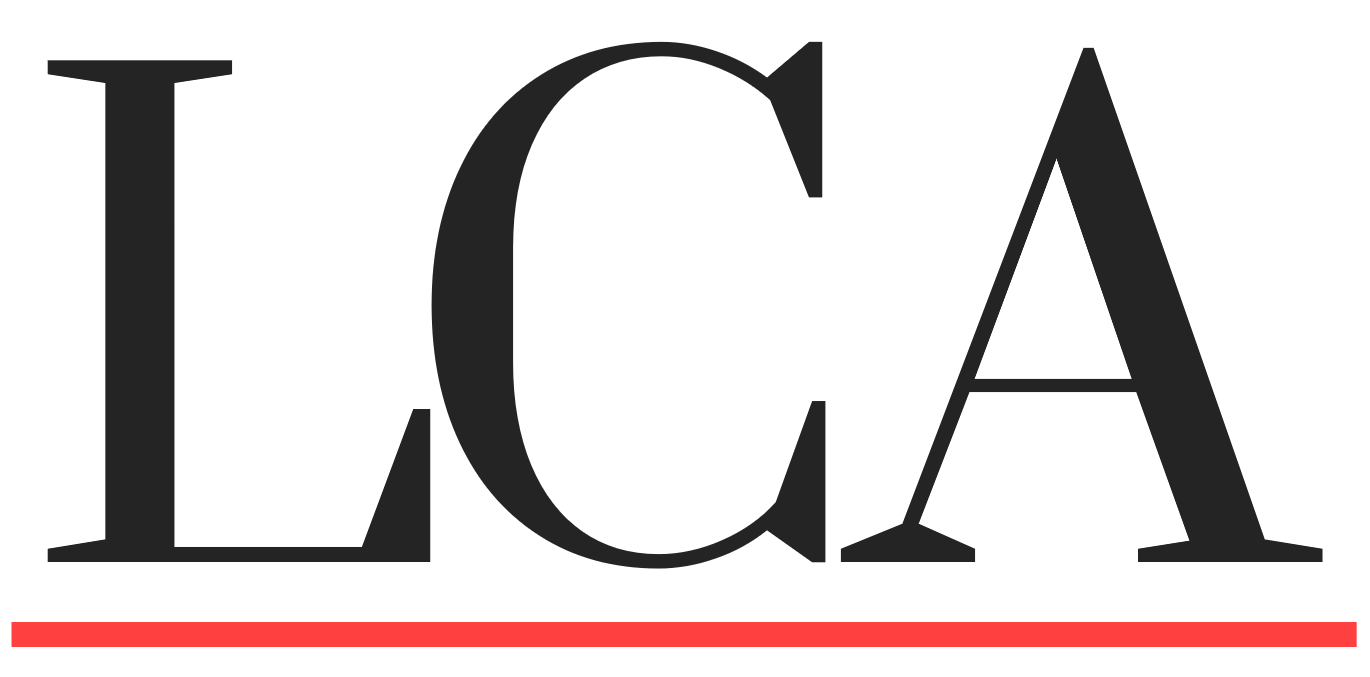“Breathe in. Breathe out. Breathe in. Breathe out. Forget this and attaining Enlightenment will be the least of your problems.” [1]
Something I learned a lot about last week is breathing. Surprising, as it’s something I’ve been doing instinctively for over 28 years – and I’ve been doing it wrong! (Well not wrong, there’s no right and wrong in yoga 😉 ).
Any yogi can talk to the importance of breath during practice, it nourishes our body and brain with oxygen, helps us maintain focus and ease tension, in flow it even sets the rhythm of the class, and, by carefully observing the ease and quality of our breath, it allows us to put our egos aside when finding our fullest expression of a pose. So it’s pretty important to get right do effectively. My feedback last week was to inhale less like I was taking a line of coke off a toilet seat (I love my teachers) and more like I had gills along the sides of my neck – easier to get to by practising inhaling through the mouth with a slight constriction in the back of the throat, making a whispering “ha” sound.
The depth and duration of my breath improved immediately. It’s like I wasn’t using all my lungs, and forcing air into them was the only way I could really lift and expand my ribcage. This brought a whole new ease to my practice, and I was able to find deeper poses than I ever had before.
For breath during teaching, there’s YogaOne Houston‘s breath formula (as an engineer the last place on earth I expected to encounter any formulae!) – the simple and revolutionary idea of taking a deep breath. Before giving an instruction, take a deep breath, if you get lost, take a deep breath, when speaking to a student one on one, take a deep breath. The delicate art of taking a deep breath is a hard one to master, and when you do it helps you get centred*, eliminate the filler words, be direct with your students, and speak from your heart (not from your brain – stay out of there!).
The teacher training drew many comparisons with professional leadership development (as MANY of the teachings in yoga do, stay tuned…), and breath formula made me think particularly about effective presentations. The best presenters I’ve seen value the power of silence. Perhaps most famously Steve Jobs did it, and MLK Jr did it too (check out “I have a dream” again).
A pregnant pause mid-presentation for a deep breath makes all the difference. Aside from the benefits we saw with teaching yoga — get centred, eliminate the filler words, be direct with your audience, speak from your heart — it exudes confidence, calm, and professionalism, you can speak louder with full lungs, and perhaps most importantly – particularly in today’s evermore diverse workforce – it allows your audience time for the message to sink in
Now breathe…
- David M. Bader, Zen Judaism: For You, A Little Enlightenment
*I’m British and will insist on using British spelling regardless of the advice of my spellchecker.

You’re writing is beautiful Laura! I’m looking forward to writing more! YogaOn!
Thanks Sharz <3